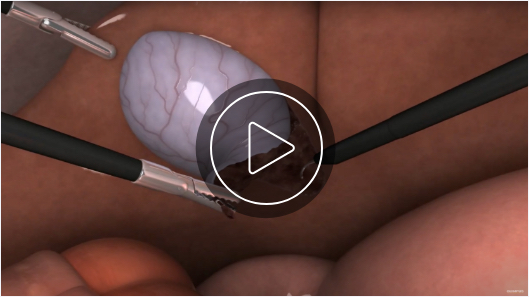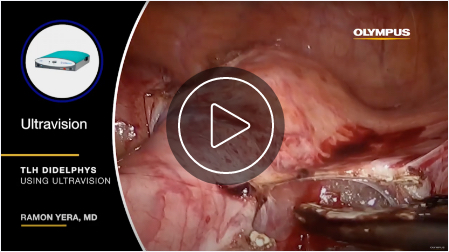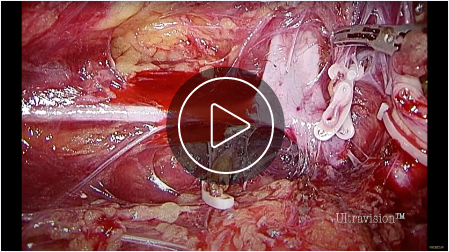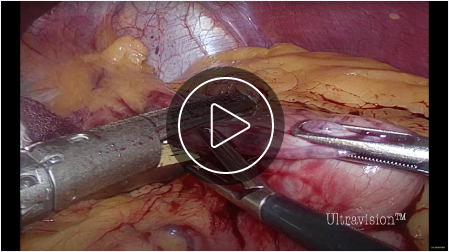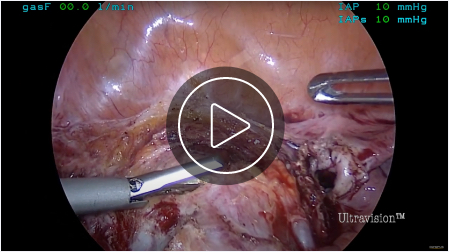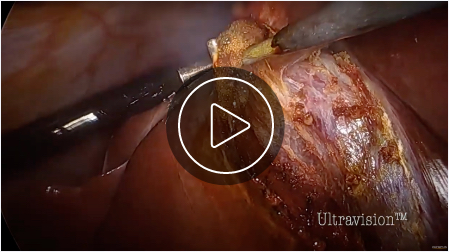-
Ultravision™ by Alesi SurgicalImproves Procedural WorkflowReduces disruptions to the procedure caused by scope cleaning, smoke obstructions, and fluctuations in pneumoperitoneum2.
Ultravision™ by Alesi Surgical
Minimizes Impact of Cold, Dry CO2Drastically reduces CO2 exposure to patients during laparoscopic procedures2.Ultravision™ by Alesi Surgical
Protection fromSuppresses the release of surgical smoke in the O.R. during laparoscopic surgery, down to 0.007 μm (sub-viral) particle size1.
Surgical Smoke
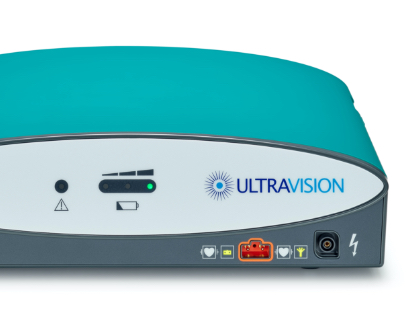
Ultravision is transforming how surgeons perform laparoscopic surgery. Its unique mode of action clears surgical smoke and mist particles from the operative visual field without the need for CO2 exchange.
This means fewer interruptions during the procedure, less camera cleaning, and the suppression of surgical smoke plume released into the operating room1.
Ultravision minimizes patient exposure to cold, dry CO2 and enhances low pressure surgery while maintaining stable pneumoperitoneum.
Want to learn more about Ultravision™ by Alesi Surgical and
receive Surgical Energy updates from Olympus?
SIGN-UP FOR UPDATES

Smoke Management
Rapidly accelerates the natural sedimentation of surgical smoke, mist, and bioaerosols. Suppresses the release of surgical smoke into the O.R. during laparoscopic surgery2

Reduced Patient CO2 Exposure
Reduces the exposure of cold, dry CO2 to the patient and enhances Low Impact Surgery through Low Flow, Low Pressure and Low Volume2

Improved Procedural Workflow
Reduces disruptions to the procedure caused by scope cleaning, smoke obstructions, and fluctuations in pneumoperitoneum2

Continuously Clear Visualization
Surgical smoke, mist, and bioaerosols created during laparoscopic surgery are rapidly sedimented from the visual field providing unobstructed views of the surgical site2
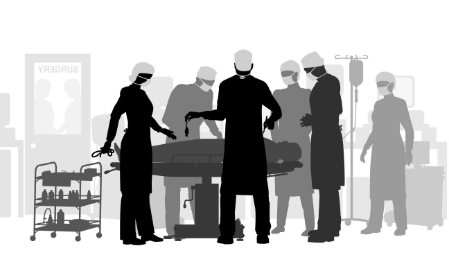
- Suppresses the release of surgical smoke into the O.R. during laparoscopic surgery
- Acute exposure to aerosolized viruses within surgical smoke can occur
- Chronic exposure to surgical smoke may be harmful to staff
Performance of Surgical Smoke Suppression
Yields Improved Visual Field
Ultravision clears 99.9% of surgical smoke and mist within one minute within the abdomen1
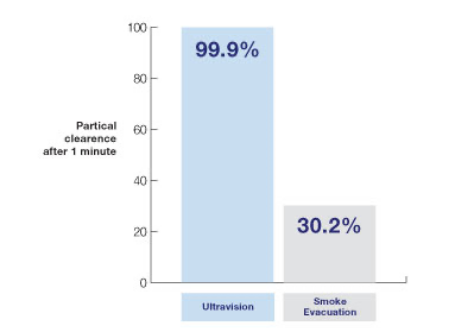
Reduces Unintentional Exposure to Smoke
Ultravision reduces the unintended release of smoke outside of the abdomen through leaks in trocars and instruments exchanges3 (compared to smoke evacuators)
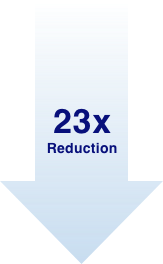
Particulate Size Suppression
Ultravision
Suppresses 99% of particulates down to 0.007 microns (µm) from aerosolization. Ability to contain sub-viral sized particulates
ULPA
Filters 99.999% of particulates down to 0.12 microns (µm)
HEPA
Filters 99.97% of particulates down to 0.3 microns (µm)
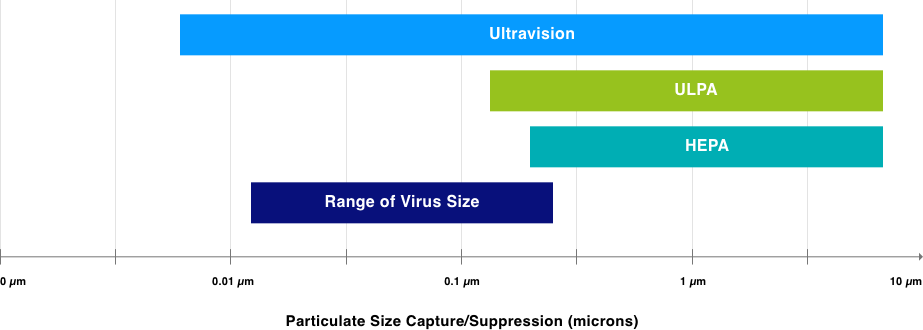
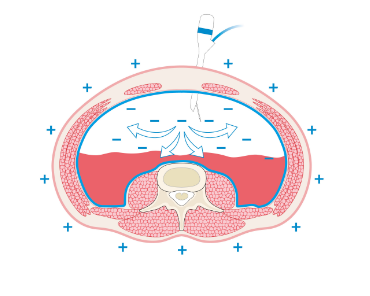
Want to learn how Ultravision™ by Alesi Surgical
can benefit your surgical team and patients?
SIGN-UP FOR UPDATES
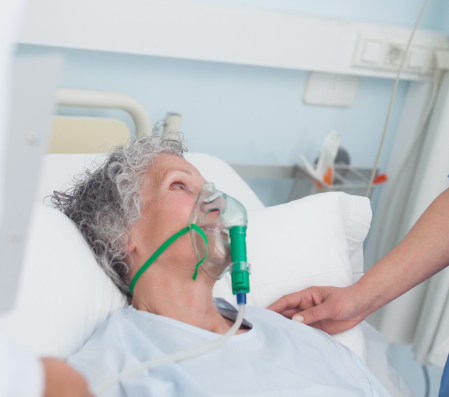
Standard practice to maintain pneumoperitoneum:4
- Cold, dry CO2 (20° C at roughly 0% relative humidity and 12-15 mmHg pressure)
- High flow (45 MPH) & high pressure continuously bombards the abdomen
Harmful impact of maintaining pneumoperitoneum with Cold, Dry CO24,5:
- Patient cooling/hypothermia
- Post-operative adhesions
- Cardiovascular and ventilatory complications
- Post-procedural pain
smoke obstructions, and fluctuations in pneumoperitoneum2

Clear Visibility

Camera Cleaning

Procedure Interruptions

Procedural Time
for Use
Sign-Up for Updates
- 1. Alesi Data on File
- 2. Ansell et al: Surgical Endoscopy: 26. Feb. 2014: Electrostatic precipitation is a novel way of maintaining visual clarity during laparoscopic surgery: a prospective double blind randomized controlled pilot study.
- 3. Experimental model to test electrostatic precipitation in the COVID-19 era: a pilot study, Journal of the American College of Surgeons, Jonathon Buggish et al, 2020
- 4. Humidification during laparoscopic surgery: overview of the clinical benefits of using humidified gas during laparoscopic surgery, Mariah Binda, Arch Gynecol Obstet (2015) 292:955–971
- 5. Cardiovascular and Ventilatory Consequences of Laparoscopic Surgery Tamara M. Atkinson, MD et al, Circulation. 2017;135:700–710
- 6. Ansell et al: Surgical Endoscopy: 26. Feb. 2014: Electrostatic precipitation is a novel way of maintaining visual clarity during laparoscopic surgery: a prospective double blind randomized controlled pilot study.





























